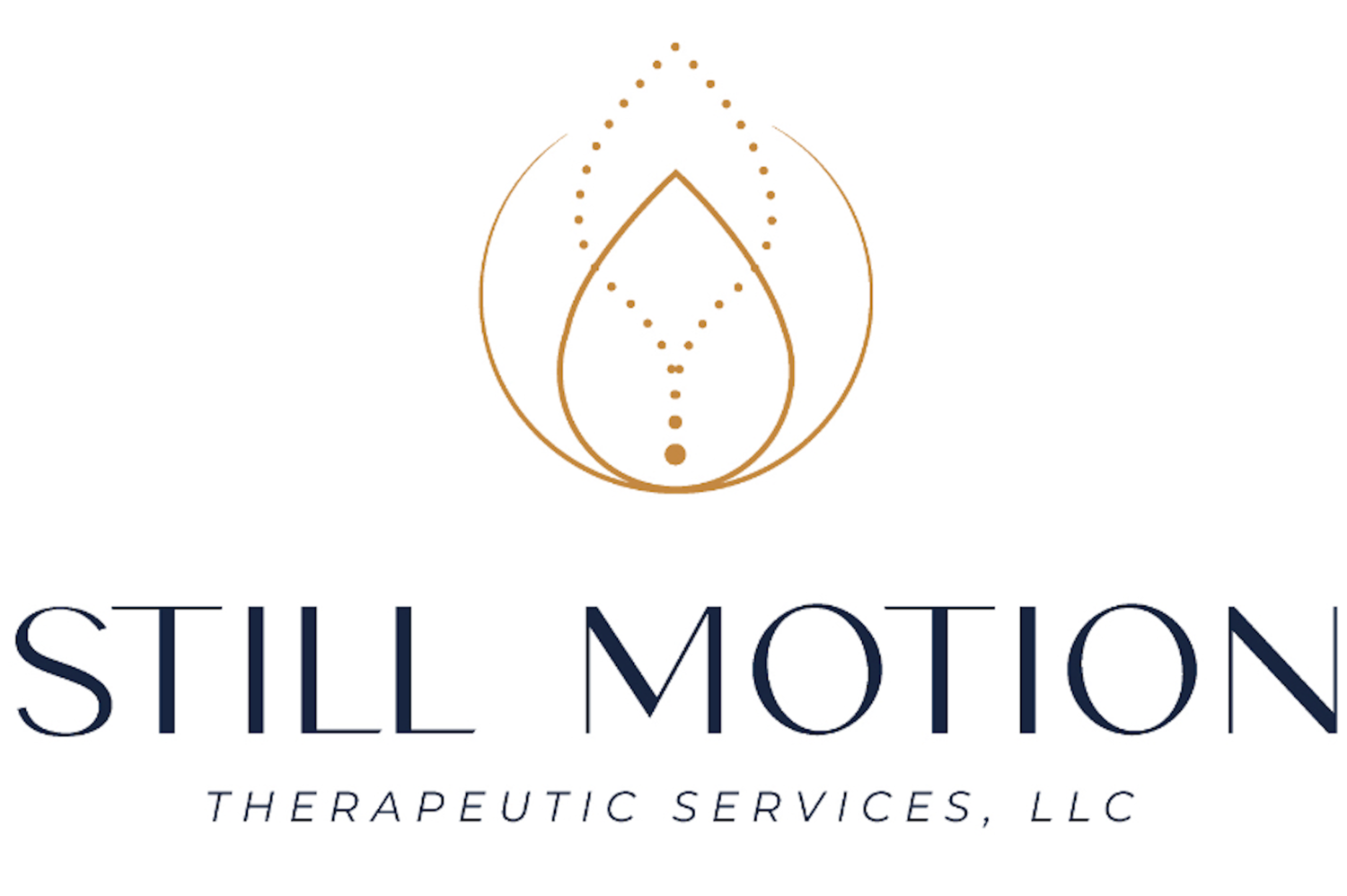NEW YEAR, NEW GOALS
/How To Create New Year’s Goals That Will Stick
Creating new goals every new year is something that humans have done since the dawn of time. However, everyone knows that most new year goals end up being forgotten around February. Why is that? Well, it can be for various reasons. However, one of the biggest reasons people throw away their New Year goals is because they’re simply unattainable.
You are probably thinking to yourself now that your goals are attainable and that is not your problem. But it’s true. Many people create big New Year goals, with no flexibility and just jump head-first into their new desires. When in reality, they should have created 10 smaller goals that led to their bigger goal. When we create smaller goals that eventually lead to a bigger goal, we are more likely to achieve that big goal. When we reach the small goals along the way our brain gets excited and helps us to continue to stay motivated throughout the process.
Yes, we’ve all heard the saying that it only takes two weeks to form a habit. Studies also show if we hate the habit we're trying to form it takes longer to achieve.. Hence why it is so important to start off with small goals to achieve the big goal you’re hoping for. Follow along for more examples and tips and tricks on making your new year’s goals achievable.
Each tip/ trick may be related to a different goal. I will specify the goal for each tip and trick that way it makes clear-cut sense. Some of these goals are not my real-life goals, however, I find that they are often very popular new year goals.
Tip/ Trick: Create Smaller Goals/Check In’s
Goal: Weight loss
An extremely popular thrown-away goal many people create for the new year is to lose weight. However, the goal is simply to lose weight. For example, say your overall goal is to lose 15lbs in 3 months. Now create smaller goals that make your main goal more reachable! Now you do not have to wait 3 months to feel proud of yourself and you can reach these small goals to help. Additionally, adding check-ins can help you to adjust what may not be working or what simply just needs to be adjusted. Check-ins also help to create flexibility in goals that may need it.
Below are some smaller goal examples that may help you to reach your bigger goal:
Main goal: Lose 15 lbs in 3 months
Goal 1: Work out 3x a week for the first 2 weeks.
Goal 2: Cut back to only 2 sodas a week for the first 2 weeks
Goal 3: Have at least 8k steps daily for the first 2 weeks
Goal 4: No fast food at all
Check-in 1: After the first 2 weeks are completed. Check-in, what can be added, and what can be eliminated. Can you increase the amounts on anything? What is and is not working? Create a new set of mini-goals.
Smaller goals along the way truly can help you to reach your main goal without getting bored. I always say after the first check-in, adjust as needed. It might be time to make your smaller goals more intense now that you are getting used to things. Your next set of goals may be something that looks like this:
Main goal: Lose 15 lbs in 3 months
Goal 1: Workout 3x a week for the remainder of the period
Goal 2: Continue for 2 weeks to limit soda intake to 2 sodas a week
Goal 3: Have 9k steps every day for the next 2 weeks
Goal 4: No fast food at all
Goal 5: Eat at least 2 plant-based meals a week for the next week
Check-in 2: After these next two weeks are completed check in again!
Did you notice some mini-goals stayed the same and some intensified? Some goals were also added. This again allows you to add and remove what does and does not work. You may even have to decrease a small goal if you find it is also not reasonable.
Tip/Trick: Create detailed goals
Goal: Spend less time on my phone
Creating a detailed main goal is pivotal. It creates less room for error and more room for consistency. I always tell people the importance of adding a timeline to their goal. Instead of saying I want to spend less time on my phone. You could say “I want to only spend 3 hours a day on my phone from now until finals are over.” This creates a barrier between how much time you want to spend on your phone and when you want your goal to end. It makes it more reasonable too. When a goal has more detail it can create more of a value to your brain. Meaning it makes you want to complete it a bit more!
Tip/Trick: Have flexibility in your goal
Goal: Save $100 extra a month for the next 6 months
Who doesn’t love saving money? I know I love saving money. Well, saving money is also a pretty huge New Year’s goal that gets tossed to the curb after a few months. Some goals need to have flexibility. If after a couple of check-ins, you realize your main goal is not reachable you can adjust it. Below is an example:
Do not have a goal that is in dire need because then it is no longer a goal. Say I want to save $100 more a month for 6 months then put that money into my 401k. That is fine. Fast forward and say it is month 2, I have had two check-ins and completed 4 weeks of mini-goals. I'm realizing that while I am saving $100 extra a month, I am shorting myself in other areas. I want to be able to now recognize that my main goal may need to be adjusted. Therefore, I now have the flexibility to adjust my goal from $100 to $75 a month for 6 months. No pain, no suffering, just a small flexible goal.
Tip/Trick: Remove the possibility of binging what you actually want to change/ rewards.
Goal: Drink only on the weekends (for this example I am using this, however this is an example of “bad” goal).
I know I am not the only person who sometimes believes I deserve a goodie every time I reach every goal, even the small ones. In reality, rewarding every goal can create issues and create binging behaviors. New studies are showing that when we set goals but allow free time/day, we’re more likely to binge on what we're actually trying to not do… What does this mean?
Think of it like this. Say I want to only drink alcohol on the weekends as my new goal… Even though it is not my plan, I am actually now more likely to drink in a binge manner on the weekends compared to if I altered my goal. This is similar to when people have cheat days in their diets. They are more likely to gorge in quantities they typically would not have. It is because they created a restricted goal but gave themself a day off from the goal. How can you change this? Instead of creating a goal that allows you to freely engage in the behavior you want to change at a specific time, create a numbered goal.
I only will drink on the weekends
Allows you to binge drink on the weekends. You are now more likely to drink more during that weekend than you originally would have during the week
Change goal to avoid binge/reward behavior
Proper goal: I only will have 2 drinks total during the weekend.
Proper goal: I only will have 3 drinks total a week
Sunday is my cheat day
Allows you to gorge on Sunday as a reward. Not preferable.
Proper goal: On Sundays, I will allow myself to have 50 more calories than usual
Proper goal: On Sundays, I can have one additional treat
Remember to incorporate some of these tips and tricks into your New Year’s goals. Make sure to be true to yourself and your needs along the way. Setting goals can be hard but it truly is the little steps along the way that can help! Your New Year’s goals should always be things that help you to be the best version of yourself. Remember to make your New Year’s goal reachable! Do not forget that while making your goals, you need to find a moment to find stillness in your everyday life. Ultimately, your goals should help you to do so.
Still Motion Therapeutic Service LLC Updates
-Seeking a therapist? Christina Metri, Still Motion Therapeutic Services LLC New Clinician has joined our team.
-Interested in Reiki? Maria is currently accepting new Reiki clients. Reiki can be done separately or added to traditional talk therapy services.
-Follow us on social media @Stillmotionts on Instagram
-Still Motion Therapeutic LLC is accepting clients in New Hampshire and Massachusetts

